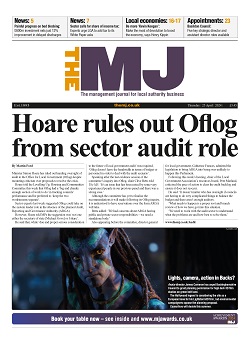‘It’s a candidate-driven market’ is a phrase we’ve all heard, and it is certainly true at present. The national picture shows, despite a recent slight drop, that the number of vacancies is still larger than the number of unemployed.
In the past, local government has had challenges attracting talent; add in the pandemic’s impact upon work/life balance, and the effects of churn among senior leadership, and the result is that strong candidates are experiencing a greater choice of opportunities.
How do councils maximise their chances of securing the best talent in such a competitive landscape? A good salary and benefits helps, as does a flexible and inclusive agile working policy, but ultimately an effective and thoughtful recruitment strategy will help your organisation reach and engage broad, diverse networks. A great employment brand and a set of compelling values are crucial to achieving this. All this must feed into the recruitment process, which must reflect the culture of the organisation and be tailored to each specific role your organisation is recruiting to. A one-size-fits-all approach to senior hiring will feel like just that.
Given the choice of opportunities, sought-after candidates may be entertaining a couple of opportunities concurrently. Councils, therefore, need to work hard to become a ‘preferred opportunity’ among several competing organisations.
Candidates want to see the culture on their recruitment journey, and learn about the organisation and place. They want to speak to and hear from the relevant people, feel the values and imagine a sense of belonging. More than ever, it is a two-way process and councils must show a commitment in time and energy to attract the best talent.
Greg Hayes is a director at Tile Hill Executive Recruitment
This article is sponsored content for The MJ



